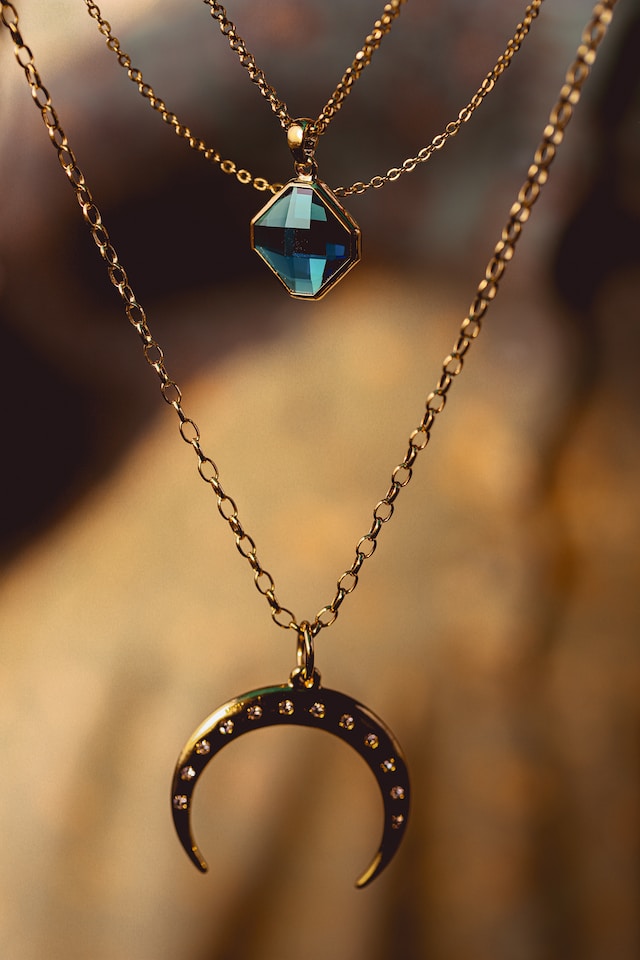Introduction: Pearls have fascinated humanity for centuries with their exquisite beauty and timeless elegance. These natural treasures, formed within the depths of the ocean, have captured the hearts of jewelry enthusiasts and fashion aficionados alike. In this blog, we’ll delve into the world of pearl jewelry, exploring their history, types, care tips, and the reasons why they continue to be a symbol of sophistication and grace.
The Allure of Pearls: Pearls have a rich history that spans cultures and civilizations. Revered by ancient civilizations such as the Greeks, Egyptians, and Romans, these lustrous gems were often associated with purity, wisdom, and wealth. In many cultures, pearls were believed to have mystical properties and were considered gifts from the gods.
Types of Pearls:
- Natural Pearls: These are pearls that form naturally within oysters or mollusks when an irritant, like a grain of sand, becomes trapped inside. Natural pearls are exceedingly rare and are often considered the most valuable due to their unique shapes and limited availability.
- Cultured Pearls: The majority of pearls available today are cultured pearls. These are formed when humans intentionally introduce an irritant into an oyster or mollusk, stimulating the pearl-forming process. Cultured pearls come in various types, including Akoya, Freshwater, Tahitian, and South Sea pearls, each with distinct characteristics in terms of size, color, and luster.
The Luminous Varieties:
- Akoya Pearls: Renowned for their classic white hue and stunning luster, Akoya pearls are typically small and perfectly round. They are often used in classic strands and elegant stud earrings, making them a staple in many jewelry collections.
- Freshwater Pearls: These pearls come in a wide array of colors, shapes, and sizes. They are known for their affordability and versatility, making them a popular choice for both casual and formal occasions.
- Tahitian Pearls: Striking in their dark hues, ranging from charcoal gray to peacock green, Tahitian pearls are often larger in size. Their unique colors and overtones make them a favorite among those seeking more unconventional pearl jewelry.
- South Sea Pearls: These pearls are among the largest and most valuable pearls available. Produced by oysters in the South Pacific, they exhibit a luxurious satin-like luster and are prized for their rarity and size.
Caring for Your Precious Pearls: To ensure your pearl jewelry retains its natural luster and beauty, follow these care tips:
- Avoid Contact with Chemicals: Pearls are sensitive to acids, so avoid exposing them to perfumes, lotions, and hair products.
- Gentle Cleaning: Clean pearls with a soft, damp cloth to remove dirt and oils. Avoid abrasive materials that could scratch the surface.
- Storage: Store pearls separately from other jewelry to prevent scratching. Consider storing them in a soft pouch or lined jewelry box.
- Restringing: Over time, the silk thread used to string pearls can weaken. Have your pearl strands professionally restrung every few years to prevent breakage.
The Enduring Appeal: Pearl jewelry continues to be a symbol of timeless elegance and refined taste. Whether adorning a bride on her wedding day or adding a touch of sophistication to everyday attire, pearls have a unique ability to enhance any ensemble. From the traditional white strands to the modern and eclectic designs featuring colored pearls, these gems never go out of style.
Conclusion: In a world where trends come and go, pearl jewelry stands as a beacon of enduring beauty. From their ancient origins to their place in modern fashion, pearls remain a testament to the awe-inspiring wonders of nature. Whether you choose a classic strand, a statement necklace, or a pair of elegant earrings, pearls are sure to elevate your style and capture the essence of timeless allure.
